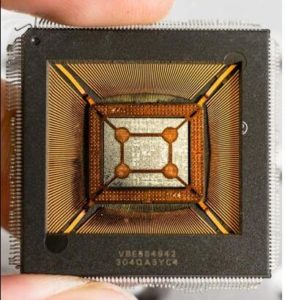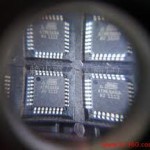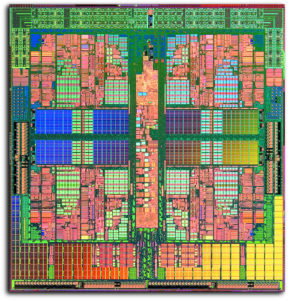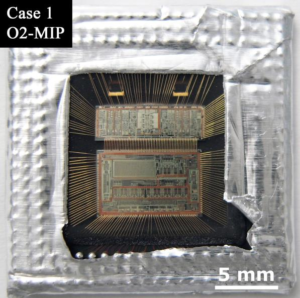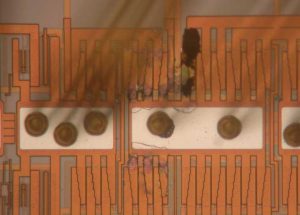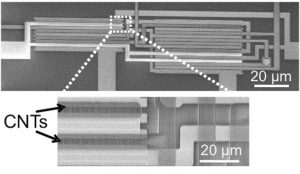Unlock Microcontroller ATtiny88 Heximal
Unlock Microcontroller ATtiny88 flash and eeprom memory, readout the MCU content from the storage in the format of heximal and copy the firmware to other blank MCU;
The ATtiny88 uses a 3-level-deep hardware stack for subroutines and interrupts. The hardware stack is 9 bits wide and stores the Program Counter (PC) return address while subroutines and interrupts are executed.
RCALL instructions and interrupts push the PC return address onto stack level 0, and the data in the other stack levels 1 – 2 are pushed one level deeper in the stack.
When a RET or RETI instruction is executed the returning PC is fetched from stack level 0, and the data in the other stack levels 1 – 2 are popped one level in the stack.
If more than three subsequent subroutine calls or interrupts are executed, the first values written to the stack are overwritten.
Pushing four return addresses A1, A2, A3, and A4 followed by four subroutine or interrupt returns, will pop A4, A3, A2, and once more A2 from the hardware stack.
The ATtiny15L contains 64 bytes of data EEPROM memory. It is organized as a separate data space, in which single bytes can be read and written.
The EEPROM has an endurance of at least 100,000 write/erase cycles. The access between the EEPROM and the CPU is described on page 36, specifying the EEPROM Address Register, the EEPROM Data Register, and the EEPROM Control Register.
This section describes the general access timing concepts for instruction execution and internal memory access which can be applied for MCU Code reading. The AVR CPU is driven by the System Clock Ø, directly generated from the external clock crystal for the chip. No internal clock division is used. Figure 10 shows the parallel instruction fetches and instruction executions enabled by the Harvard architecture and the fast-access register file concept.
This is the basic pipelining concept to obtain up to 1 MIPS per MHz with the corresponding unique results for functions per cost, functions per clocks, and functions per power-unit.
Tags: unlock microcontroller source archive,unlock microcontroller source binary,unlock microcontroller source code,unlock microcontroller source content,unlock microcontroller source data,unlock microcontroller source eeprom,unlock microcontroller source file,unlock microcontroller source firmware,unlock microcontroller source heximal,unlock microcontroller source information,unlock microcontroller source memory,unlock microcontroller source program


